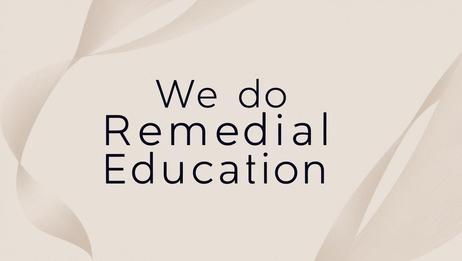Artificial Intelligence has been around for many years. But it's recently gotten much media attention because of an AI application called ChatGPT. ChatGPT is one of several AI apps that OpenAI has developed. Let's explore ChatGPT and find out how it can help you plan your studies at a community college.
To show you how ChatGPT can work as a resource, I submitted the following questions to ChatGTP. ChatGPT's answers are in blockquotes. These questions and answers will show you the power of this remarkable new tool. Note that I use the word "tool" to describe ChatGPT. Its database is the entire Internet through 2021. It is speedy, powerful, and generally accurate. You may be tempted to have it write your papers, answer quizzes, and do other homework tasks. But don't be tempted. Your work and the thinking behind your work are unique. Only submit work that is yours with proper attribution. Claiming that you wrote something somebody else or ChatGPT wrote is cheating. It's unethical and will get you into trouble with your college instructors.
This video offers a crash course on ChatGPT.
I want to take an online course at my local community college. Which is better, online learning or in-person learning?
That really depends on your individual learning style and preferences. Online learning can be great because it allows you to work at your own pace and can



















